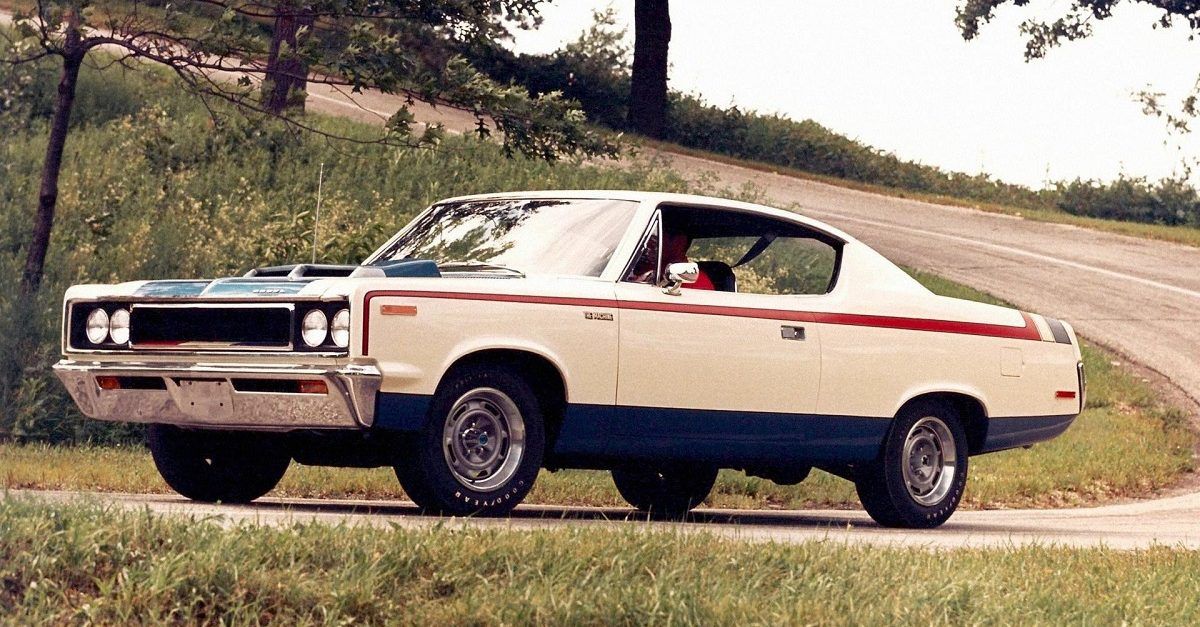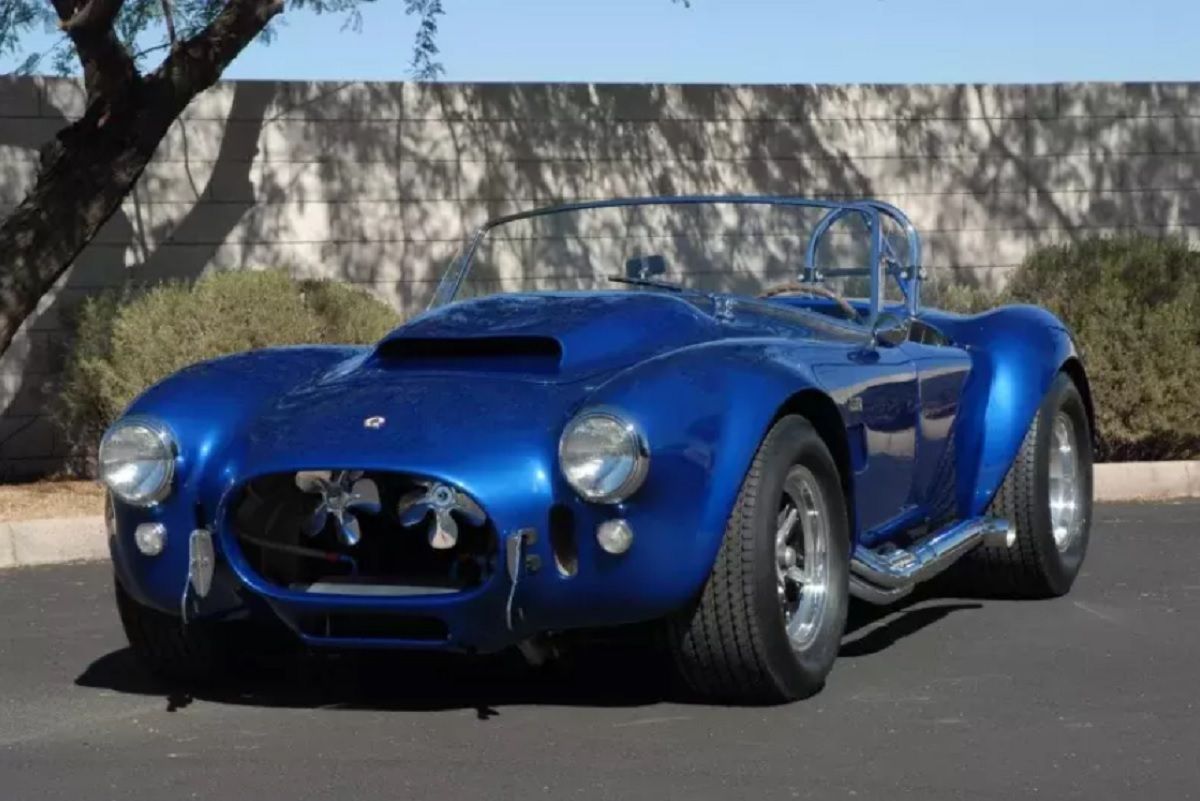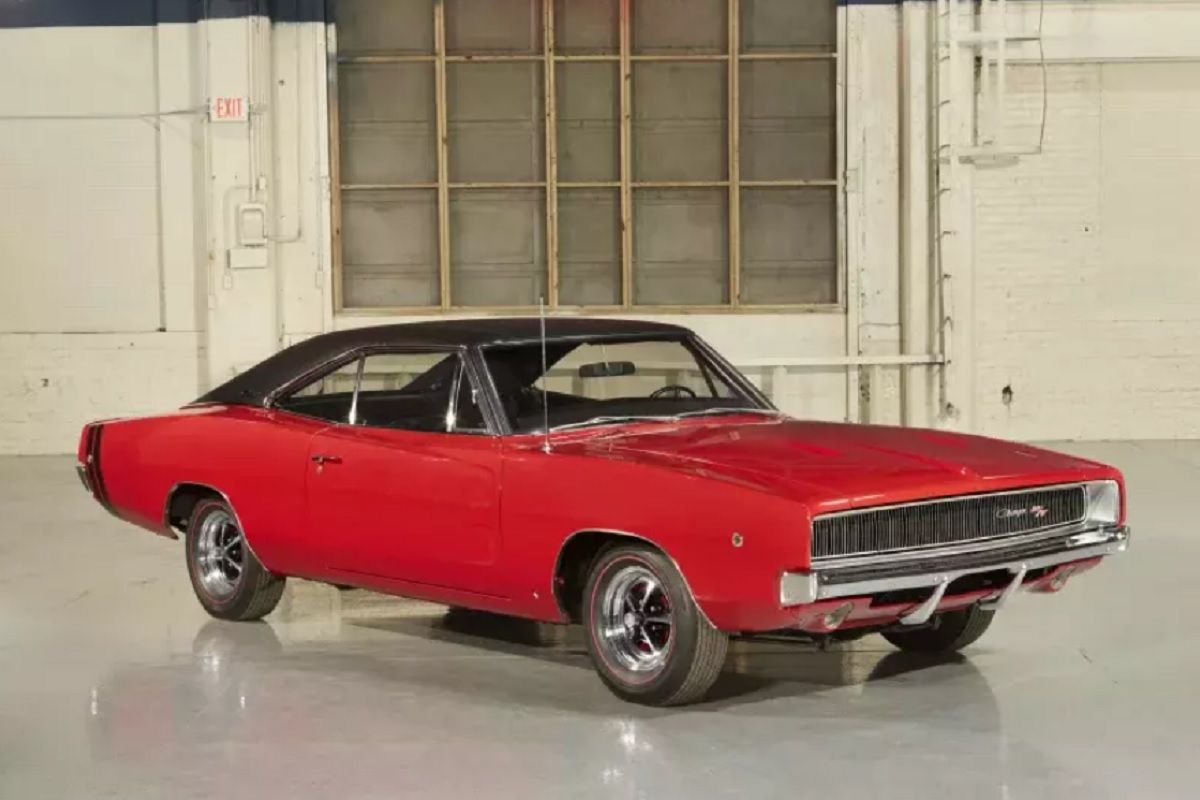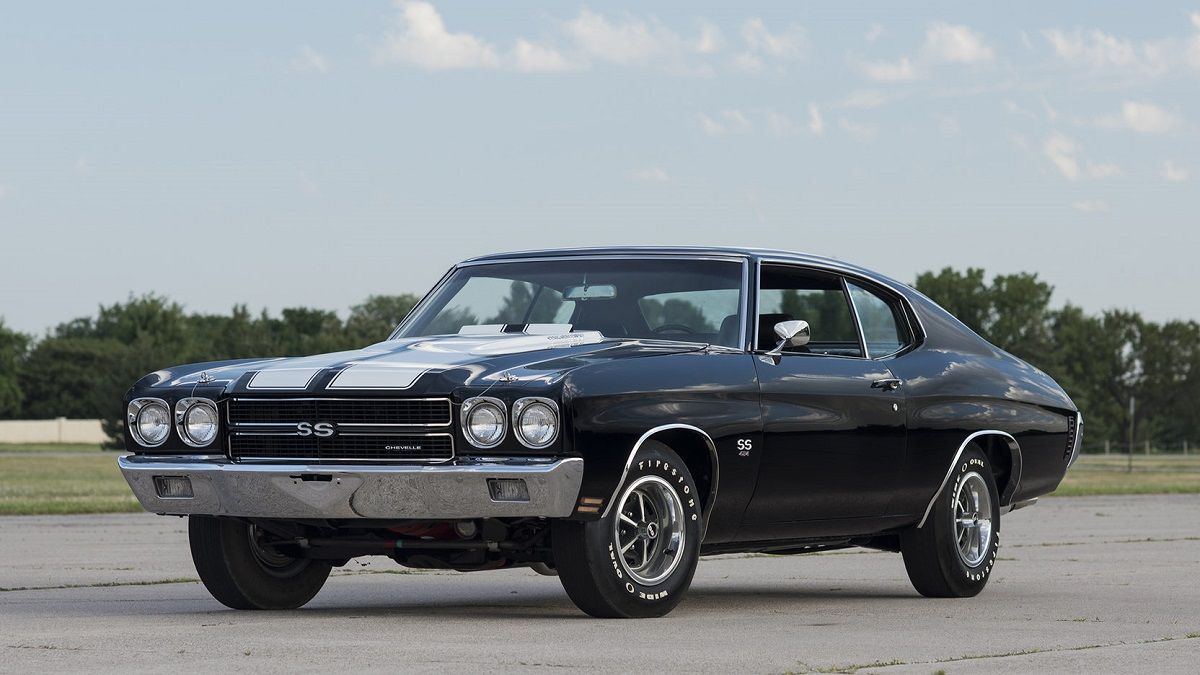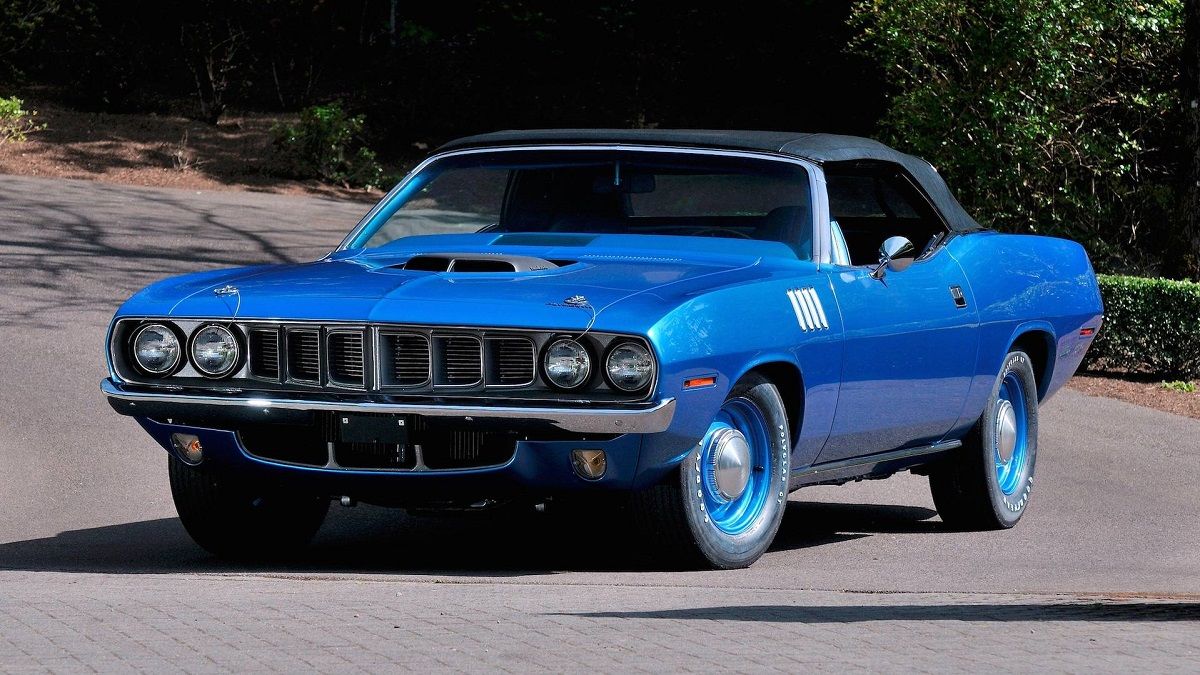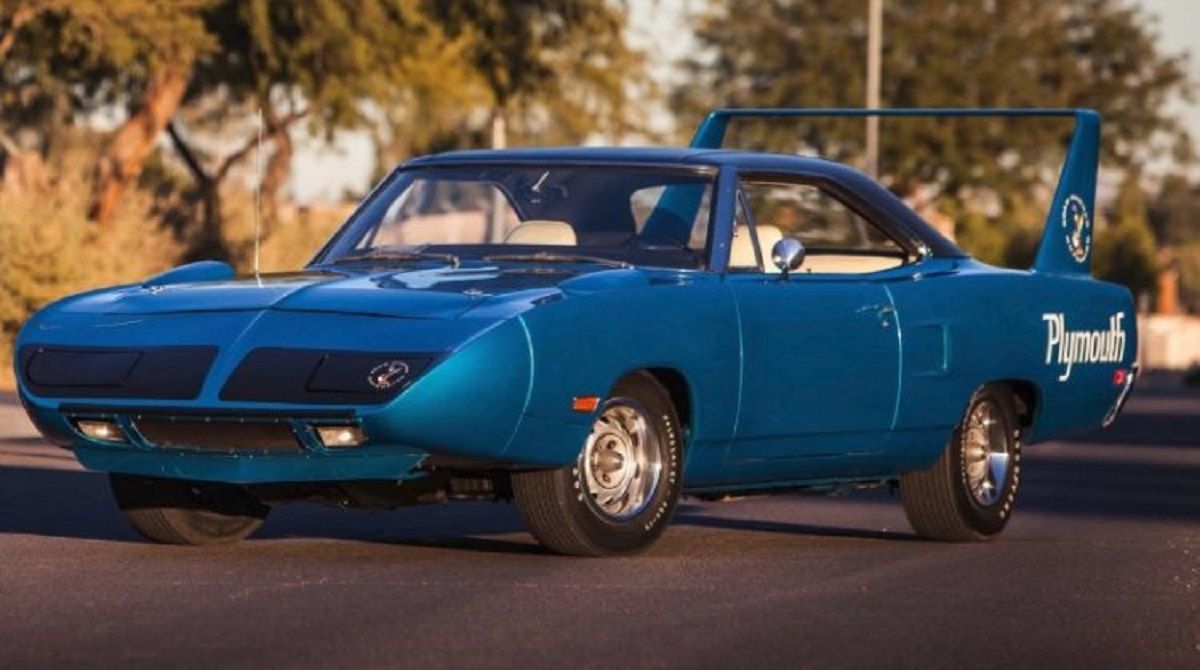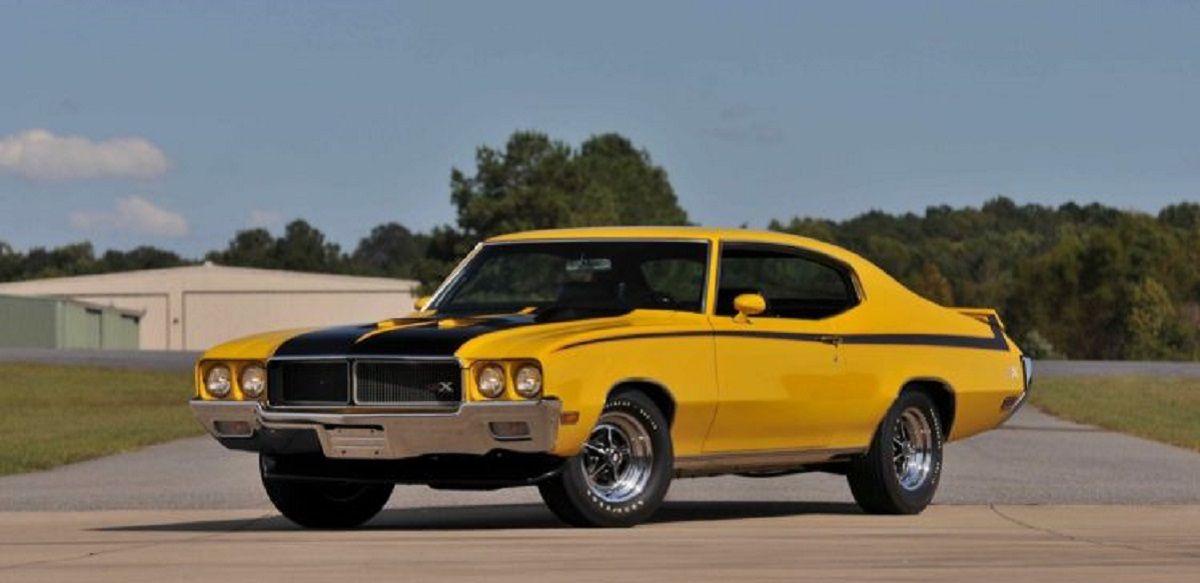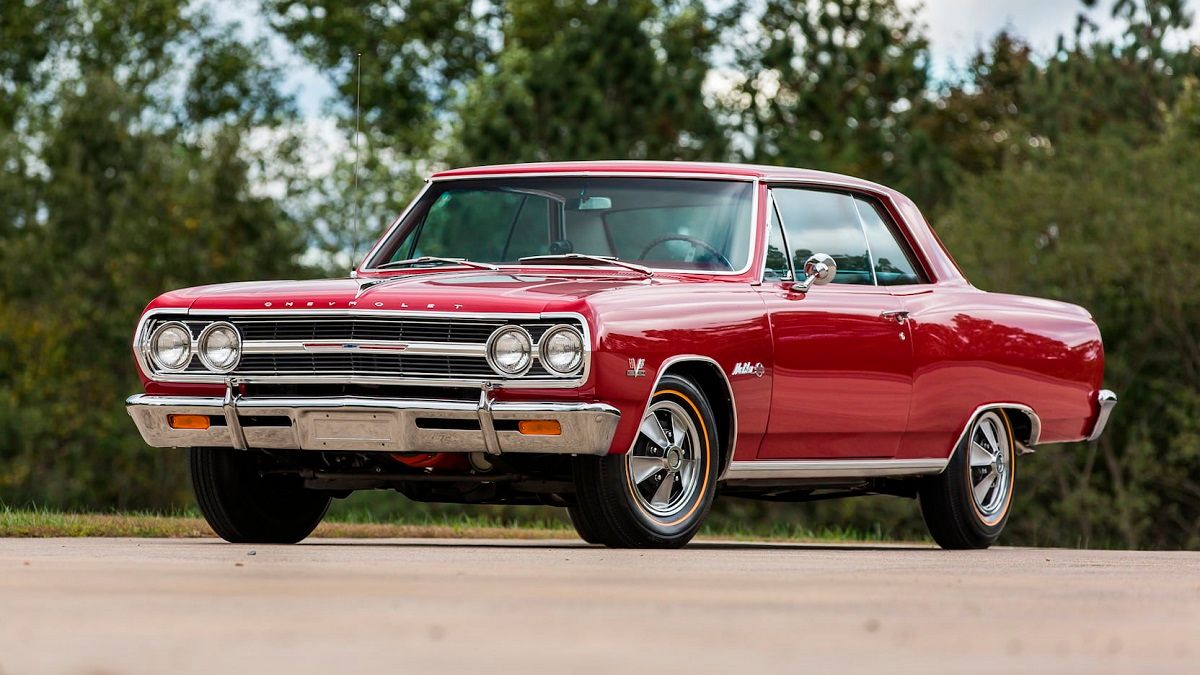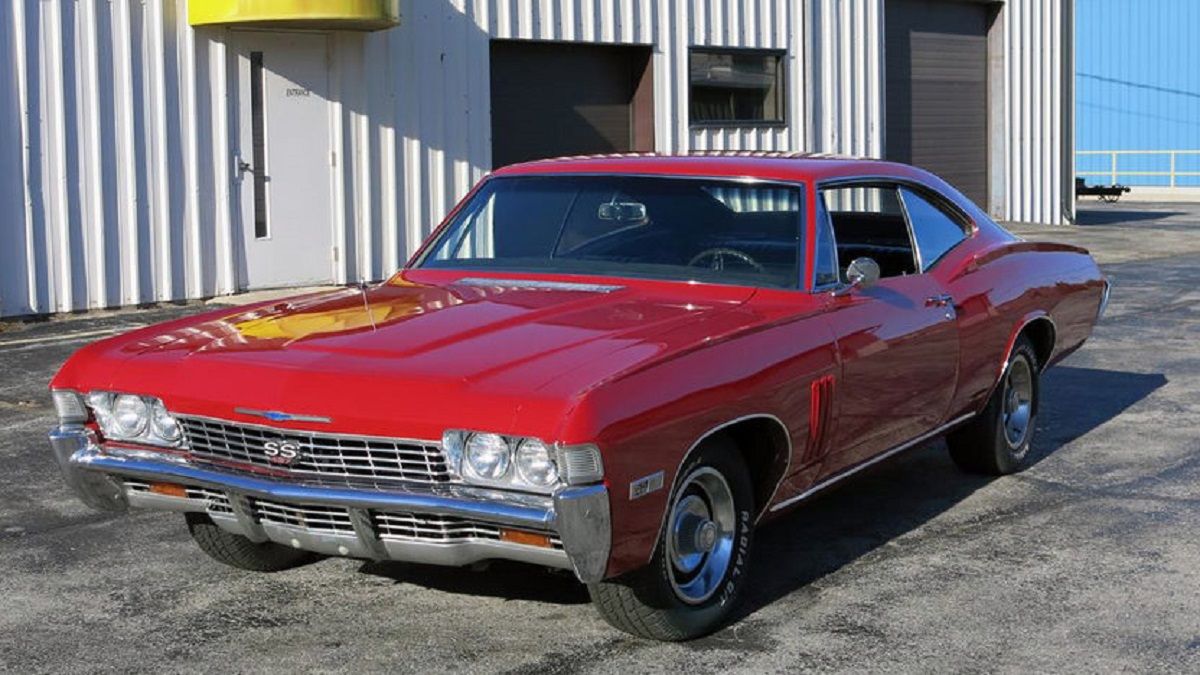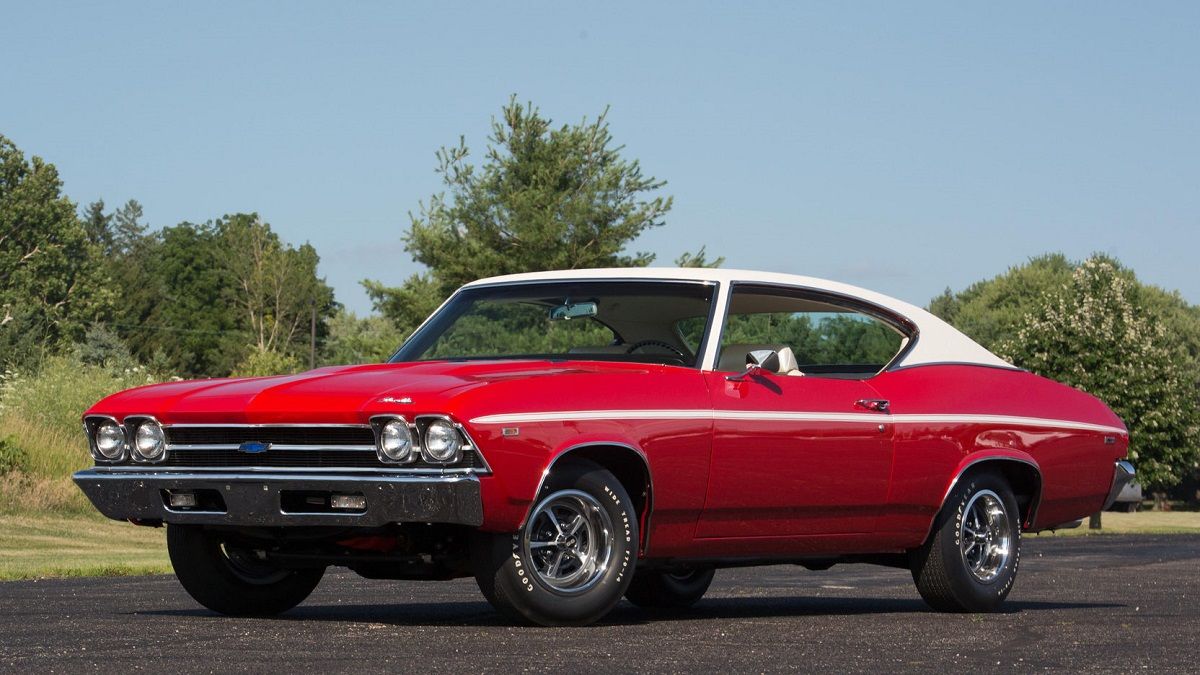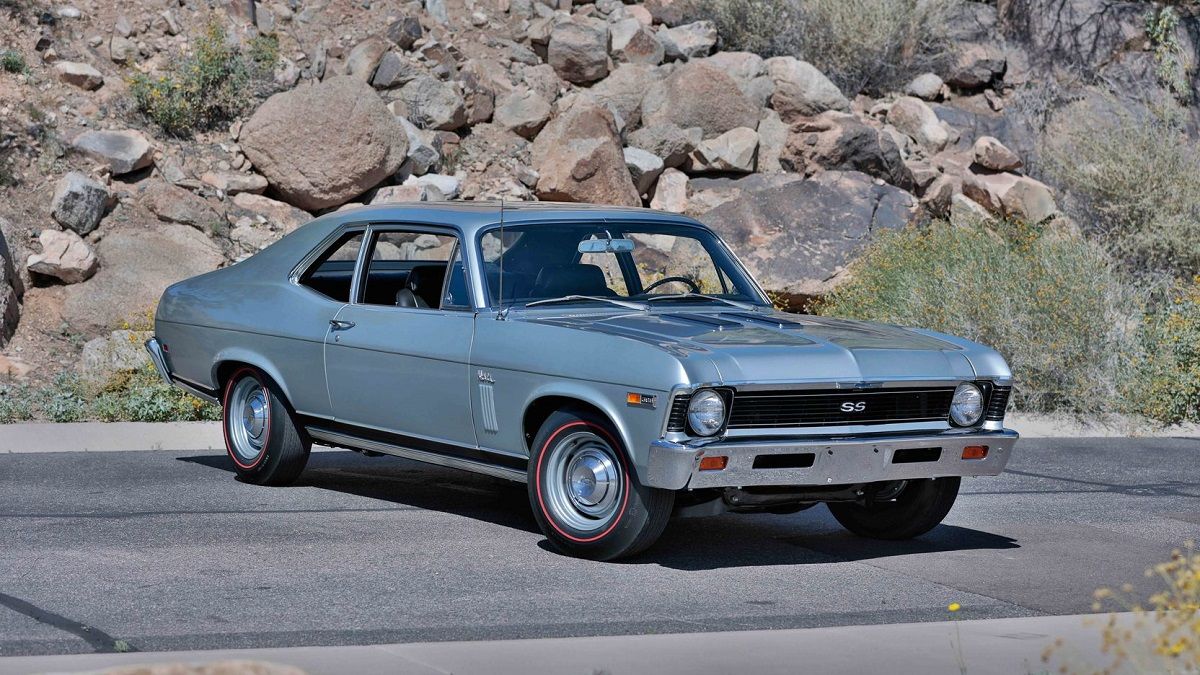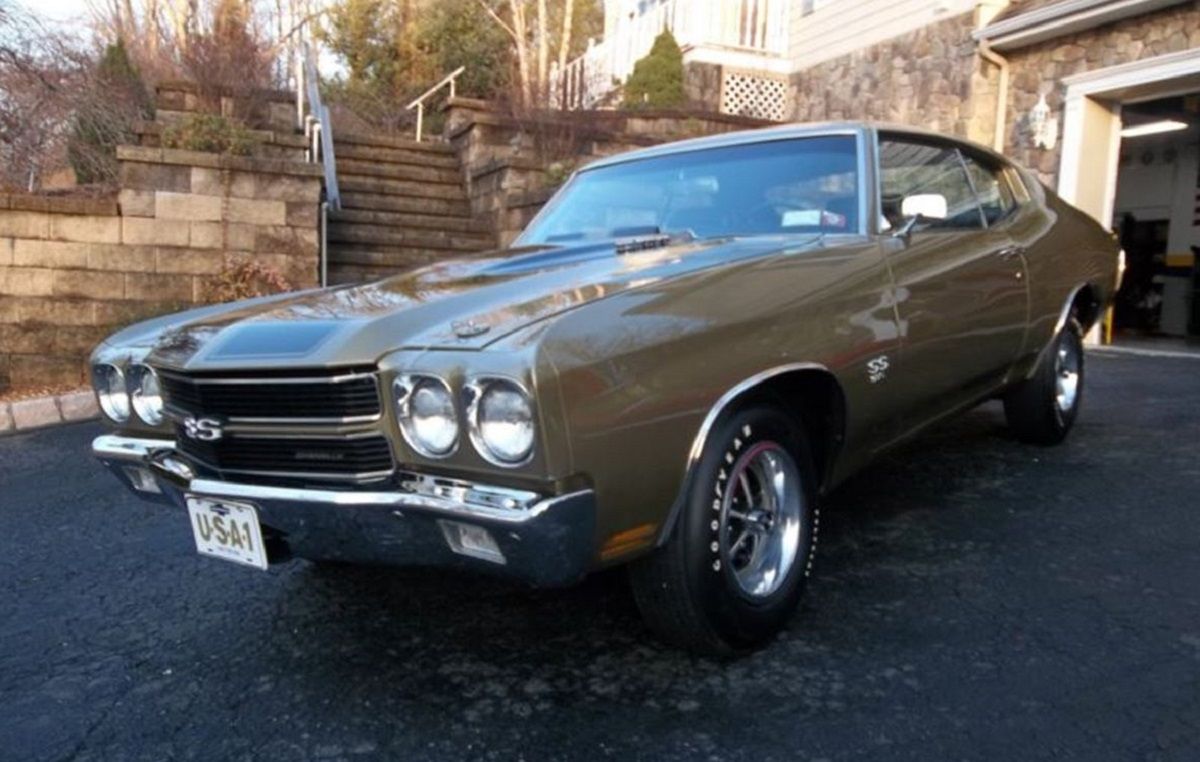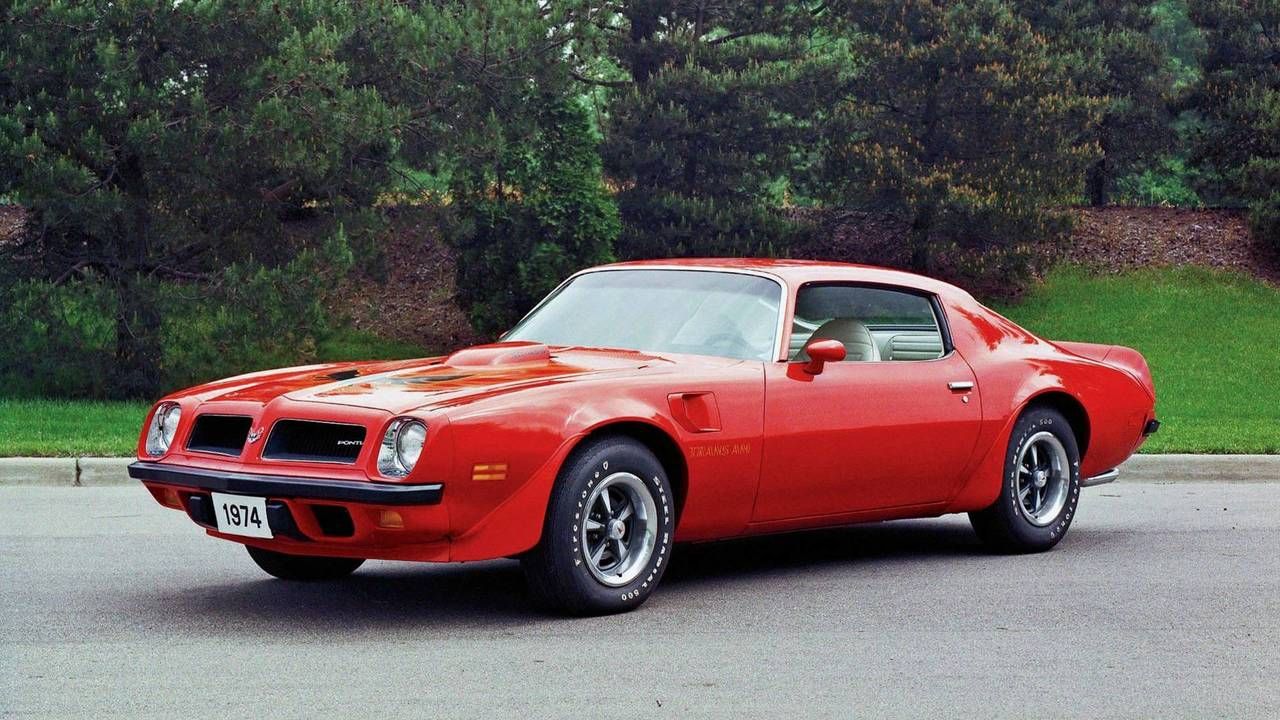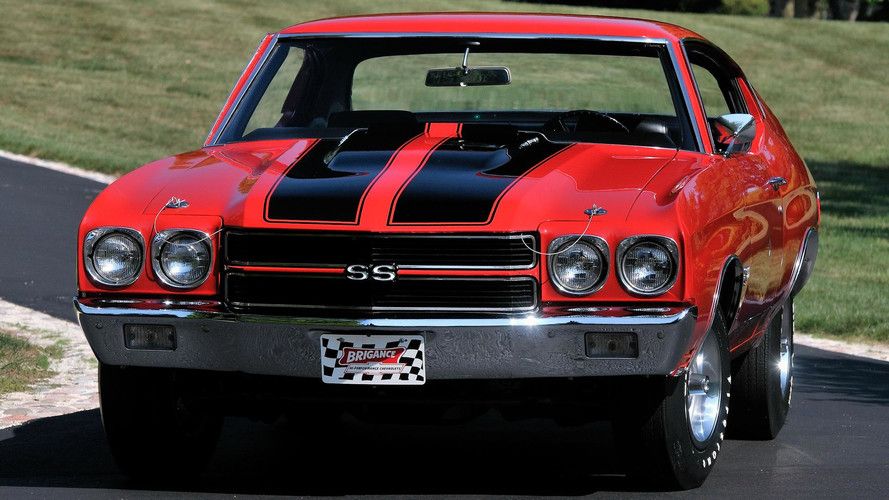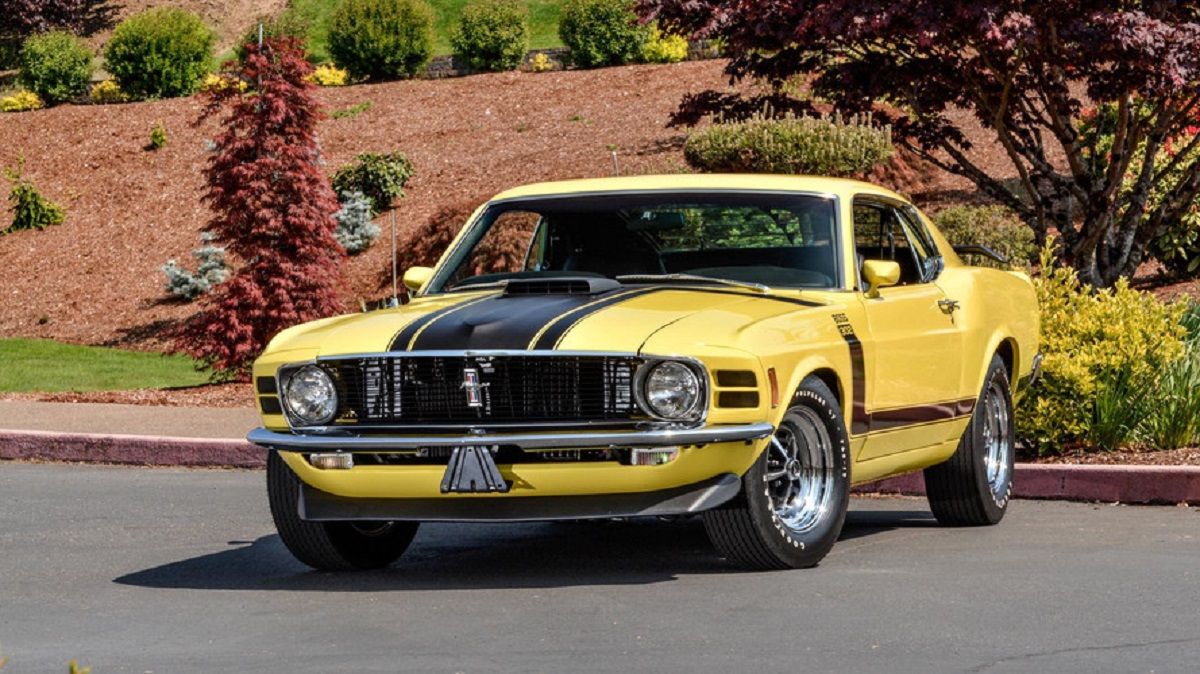In many ways, America lost its innocence with the introduction of a muscle car. However, it began fading away in the '70s. Most were gone by 1975, victims of ever-changing government regulations and an unstable market. A precious few managed to survive, but only as reminders of their '60s versions.
The decline was inevitable. Demand for big and quick cars dried up as gas prices had many customers looking at cheaper vehicles. New Federal Motor Vehicle Safety Standards called for bigger bumpers, more restrictive intakes, and performance-sapping weight.
Nowadays, people shopping for muscle cars don't think about safety, they think about speed. It's more likely that they will be driving faster, making them more likely to crash. Unfortunately, muscle cars are lacking muscle when it comes to passenger protection. This is only one shady fact. Here are 15 more scary facts about American muscle cars nobody wants to talk about.
15 Most Muscle Cars Were Re-Imagined Into Economy Compacts
After the mid-70s, pony cars disappeared with the Camaro and Firebird left to carry the torch. The Mustang, the best-known pony, was supersized and then re-imagined as an economy compact. The powerful V8 wasn't available for quite some time. Many other muscle cars were timed. The Cougar, for example, morphed into a luxury intermediate.
14 Most Muscle Cars Are Dangerous
Outdated brakes and suspension, poor handling, lack of safety equipment, and lots of power sent to the rear wheels without traction control. These are just some of the things that make a muscle car more dangerous than most other vehicles on the road.
13 They Require A Lot Of Maintenance Work
If you own a muscle car, you'll find yourself doing lots of maintenance work. One of the biggest issues is changing the oil. When it comes to older models, you need to change the oil every 3,000 miles. Because muscle cars are so old, their maintenance schedules are different from modern vehicles.
12 It's Hard To Find New Parts
One of the things nobody wants to talk about is that rust takes a toll on muscle cars that were made of thin sheets of metal. Finding new body panels is the most difficult thing. Any clean body panels are hoarded by gearheads. Things like radios, blower motors are also hard to find.
11 You'll Need A Special Insurance
Standard car insurance provides some coverage for a muscle car, but it won't cover its full value. That's because the standard policy takes depreciation into an account. But if a muscle car has been restored, it may be worth more than its depreciated value. Therefore, you'll have to buy much more expensive insurance.
10 Fuel Efficiency Was Never Considered
Even though there are muscle cars with small engines, most of them are gas guzzlers. For example, the Dodge Magnum 440, Dodge Hemi, Chevy Nova, and the Chevy 350 had the most popular engines used in many models. These engines were built during the time when fuel efficiency wasn't even considered.
9 It's Too Hard To Have A Muscle Daily Driver
A 60s muscle car is 50-60 years old at this point. Nobody wants to talk about deteriorated wiring, worn suspension, a used up drivetrain, and old body structure. It's going to take lots of money to make a muscle car your daily driver. Usually, these cars aren't in a daily driver condition.
8 Muscle Cars Leak Fluid From The Fitting Holes
Before you get a muscle car that strikes your fancy, do some research. Horror stories abound about people paying large sums for bogus cars. Most muscle cars are equipped with power steering, and they leak fuel from the fitting holes. All types of fluids drain through old cars all the time.
7 They Handle Very Poorly
American muscle cars of the 60s and 70s were built for stock car oval races. Car manufacturers would see sales going up according to what the fastest cars on the track were. However, the suspension setup was ridiculous compared to modern standards.
6 Awkward Braking Systems
Mark Chichester of Master Power Brakes said that "On the mechanical side, the big issue we hear from customers is inconsistency when applying the brakes, fade during braking events on drum brake equipped vehicles, and an overall lack of feeling safe when applying the brakes. The apply-side issues would stem from single reservoir master cylinders."
5 They Aren't Good At Cornering
This is one of the biggest and scariest things about muscle cars. They weren't built with corner handling in mind. Straight-line speed was a priority. Even though muscle car enthusiasts hate to admit it, there is some truth to it. Muscle cars feel like cargo ships in a hurricane.
4 Carburetors Can Be A Real Issue
You might be thinking that carburetors are a problem with many cars. They are, but it's most prevalent in muscle cars. Carburetors aren't fuel-efficient, they are hard to cold start and require more tuning compared to fuel injection. A muscle car with a carburetor is good-looking but hard to live with.
3 Lack Of Mod-Cons
Muscle cars aren't fitted with the mod-cons you've come to expect as standard in cars. Forget about smartphone syncing and navigation systems. You won't even get electric windows and air conditioning. The first electric-powered windows were added in a Daimler car in 1948, but they weren't commonplace until around 20 years ago.
2 They're Bad For The Environment
Classic cars are bad for the environment due to higher emissions and poor fuel economy. When gas was cheap, car companies didn't even bother to list fuel economy figures. To their modern buyers, it doesn't even matter that their engines created for leaded fuel won't run properly on today's gas.
1 Horrendous Weight Distribution
As if muscle cars aren't tough to handle, additional ponies and pounds of big engines mean additional headaches for owners. Weight distribution is horrendous and dangerous. Light rear and heavy front mean that a muscle car would be impossible to tame by inexperienced drivers. Even experienced drivers are in danger if not careful.

